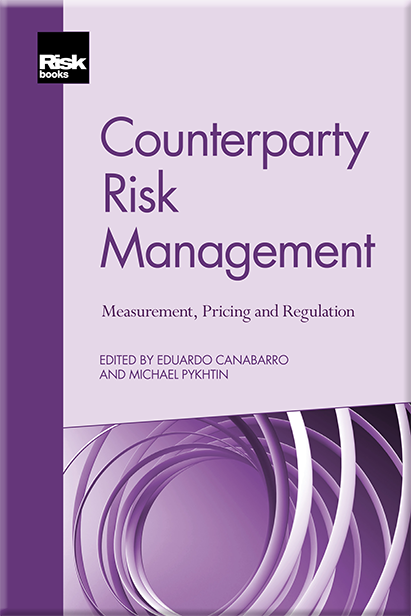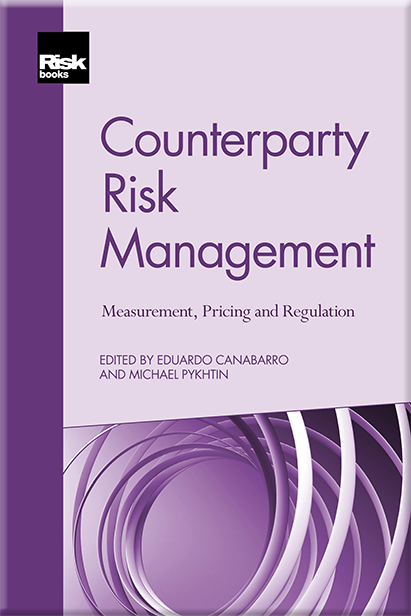Counterparty Risk Management
Counterparty Risk Management
Couldn't load pickup availability
Counterparty risk is a topic which has been elevated to the forefront of the front office, risk management and regulatory agendas following mark-to-market volatility and defaults over the global financial crisis.
Universal acknowledgement of credit valuation adjustment (CVA) and debt valuation adjustment as essential components within the fair-value of derivatives and securities financing transactions has reinforced the importance of counterparty risk management across a much broader spectrum of financial services firms.
Counterparty Risk Management is a collection of clear and concise articles produced by some of the most experienced and prominent professionals in the field affiliated with such respected institutions as the Federal Reserve Board of Governors, UBS, JP Morgan and Credit Suisse.
The content of Counterparty Risk Management is part of the daily job of any financial industry related professional and each chapter will address a key aspect of counterparty risk.
This book is essential reading not only for quants and practitioners to understand the substantive and often technical issues at hand, but for a wide cross-section of readers, from risk managers, regulators and policy makers, to consultants, accountants, lawmakers, auditors and researchers.
Share

More information
About the Author
Table of contents
Introduction
Part 1 - Regulation
Chapter 1: The Basel III Enhancements to Counterparty Risk Capital Charges David Lynch (Federal Reserve Board)
Chapter 2: The Regulation of Counterparty Risk in Over-the-Counter Derivatives Markets Erik Heitfield and Sean Campbell (Federal Reserve Board)
Chapter 3: The Non-Internal-Model Method for Counterparty Credit Risk Michael Pykhtin
Chapter 4: On Credit Valuation Adjustments and Regulatory Capital Henry Wayne (Citigroup)
Part 2 - Exposure Modelling
Chapter 5: American Monte Carlo: A Practitioner Approach Giovanni Cesari (UBS Investment Bank)
Chapter 6: Best Market Practice for Calculation and Reporting of Wrong-Way Risk Jon Gregory (Solum Financial Partners), Andrew Aziz (IBM Risk Analytics), Bob Boetcher (IBM Risk Analytics) and Alex Kreinin (IBM Risk Analytics)
Chapter 7: Central Counterparty Risk Matthias Arnsdorf (JP Morgan)
Part 3 - Pricing and Hedging
Chapter 8: CVA Risk Management Post-Crisis David Goulding (Bank of America)
Chapter 9: Rethinking CVA: Valuations, Counterparty Credit Risk and Model Risk Dan Rosen (S&P Capital IQ) and David Saunders (University of Waterloo)
Chapter 10: Should Derivatives Dealers Make a Funding Value Adjustment? John Hull and Alan White (University of Toronto)
Chapter 11: Adjoint Algorithmic Differentiation (AAD): Real Time Counterparty Credit Risk Management in Monte Carlo Simulations Luca Capriotti and Jacky Lee (Credit Suisse Group)
Part 4 - Stress Testing and Collateral
Chapter 12: Stress Test of Counterparty Risks and Dynamic Hedging of the CVA Eduardo Canabarro (Morgan Stanley)
Chapter 13: Dynamic Stress Testing of Counterparty Default Risk Greg Hopper (Goldman Sachs)
Chapter 14: Collateral: Modelling, Pricing and Optimisation Giovanni Cesari, Zlatko Filipovic and Gordon Lee (UBS Investment Bank)

